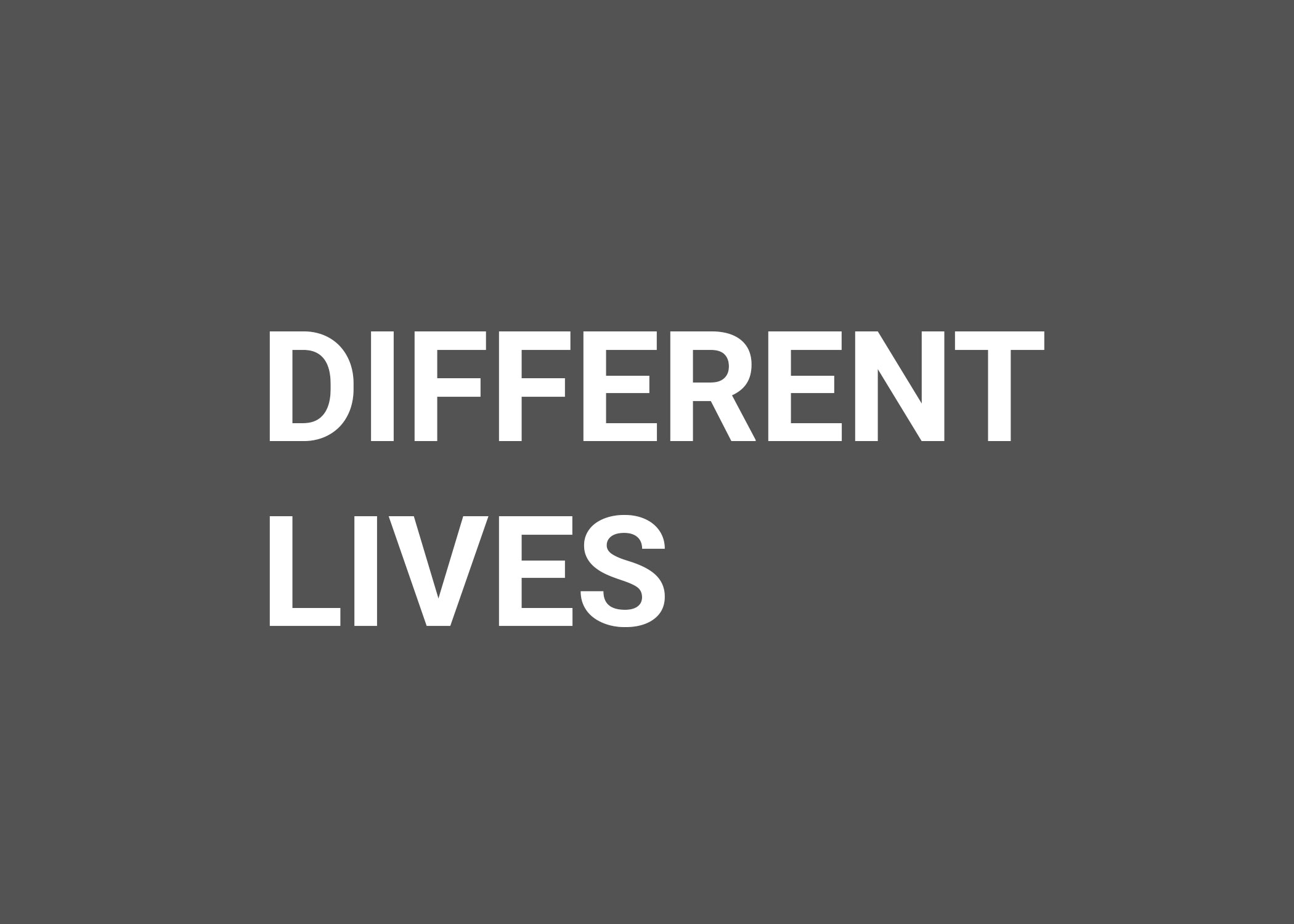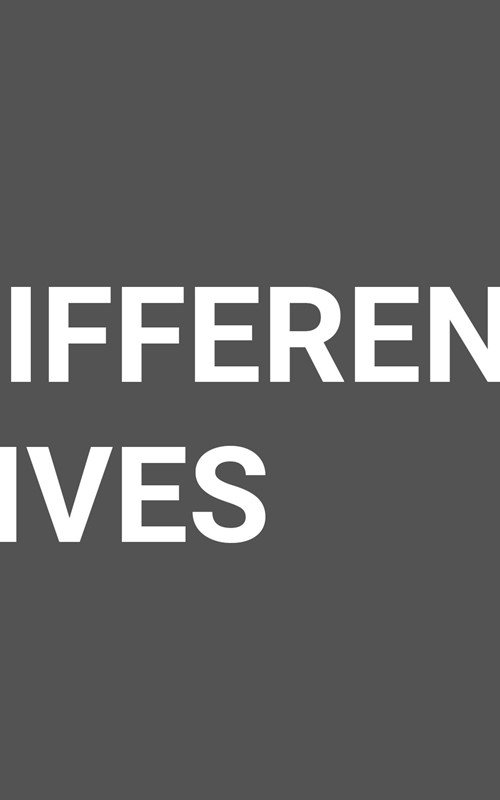Different Lives
A video installation where Mille exchange life with a friend in order to investigate their two different realities. The project itself was done in 2001 while the final video was made in 2008 – a 2:30 min. duration movie with the following voice over text:
Some years ago I stopped playing team handball and working as a teacher and began my studies as a fine artist. My friend had continued her life-path as a team handball player and working as a teacher and moved on a life with two children, a husband, a house, and a car.
Every week we spoke intimately about the respective challenges of our everyday lives.
I couldn’t see any point in having children. I never really understood the family concept, but my partner wanted children badly, so I was under a certain pressure to have children. My friend had lost her individual identity and was reduced to playing the role of a mother. We both wondered how life had turned out for each of us, questioning our choices, and the consequences. We then posed the following question: “what if each of us had chosen differently.” On that basis we decided to exchange lives and thereby experience how life could have turned out for us. For several days we actually exchanged lives with one another. I moved into her home and she moved out. I took over her two little children of 2 years and 5 months old. I took over her house and her husband. My friend – on the other hand – moved to the art school where I normally lived and took over my art classes.
The use of motion pictures calls for evaluation of a more narrative tradition. The codes in constructing this audiovisual piece are mainly borrowed from television, more specifically the documentary. Still Kalsmose uses the codes in her own way.
Despite the very intimate theme and object the form is highly factual almost as a feature in the news. The whole distancing from the intimate and emotional theme creates an atmosphere of authority and seriousness as if she wants to really tell us something of general interest. Even though the movie is clearly edited and she wants us to know that it is edited she chose the documentary as form to tell us that this is for real – it´s not just a game. The editing is just another way of constructing reality through conscious choices but the documentary itself is used as a guarantor of reality.
The monotone voice over seems almost sleepevoking and not something a television show would do. But in Kalsmose´s aesthetics this is a tecnic that is used to distance the spectator from the focus on the very intimate and emotional theme in order to direct the focus towards the story that can be told about what takes place. What takes place is the scenes from two people´s lives and also the stereotyped actions that you would think takes place in an everyday scene from two very different persons.
Kalsmose herself is deeply involved in the drama that takes place in front of the camera. She is completely merged with the role as the other person and manages to identify with her new role as a mother while staying absolutely conscious about it. Conscious enough to investigate the role almost clinically through the various situations in another life. She then becomes the spectator of her own life –she is the voyeur in her own life while beeing looked at from the voyeur position of the spectator who gets a peep into the private sfere from the public. So she turnes into an exibitionist and a voyeur at the same time.

